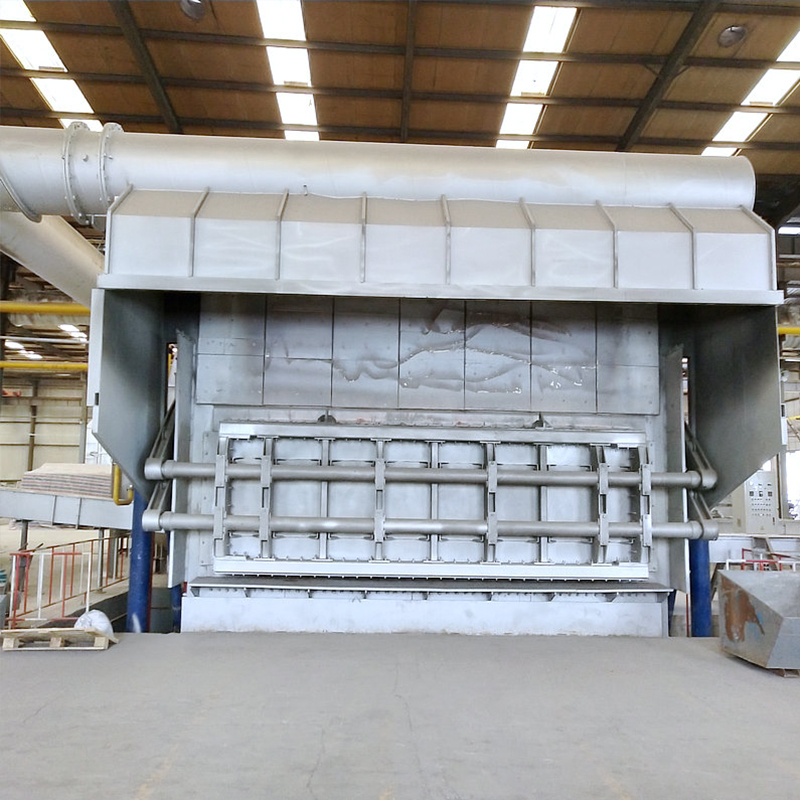NEWS&EVENTS
Home > News&Events > Company news > Core technologies and characteristics of high-grade scrap copper smelting
High-grade scrap copper smelting has significant advantages in the field of resource recycling, with its short process, simple equipment, and low energy consumption.
Its core technology begins with the pretreatment stage. Sorting is a crucial step, involving meticulous classification of the scrap copper based on its type, specifications, and composition, facilitating subsequent processing. Drying effectively removes surface moisture from the scrap copper, preventing safety issues such as splashing caused by moisture vaporization during melting. Simultaneously, it thoroughly removes oil and packaging materials, preventing impurities from contaminating the copper and affecting its quality.

During the melting stage, the pretreated scrap copper is placed in a reverberatory furnace for direct melting. The reverberatory furnace utilizes the heat generated by fuel combustion to melt the scrap copper through radiation and convection heat transfer via the furnace walls.
The refining process involves a simple oxidation-reduction refining process within the furnace. By introducing an oxidizing gas into the molten copper, impurity elements are oxidized to form slag that floats to the surface and separates. Subsequently, a reducing agent is added to reduce cuprous oxide to copper, further removing any remaining impurities and improving the purity of the copper.
In the casting process, the refined molten copper is poured into anode plates, which are then used as raw materials for electrolytic refining to produce cathode copper. Alternatively, it can be directly cast into copper rods, copper ingots, and other products. The final product can directly produce cathode copper, meeting the demand for high-purity copper in the electronics and electrical industries. It can also be used for continuous rolling to produce copper rods, providing high-quality raw materials for wire and cable manufacturing and achieving efficient recycling of waste copper resources.